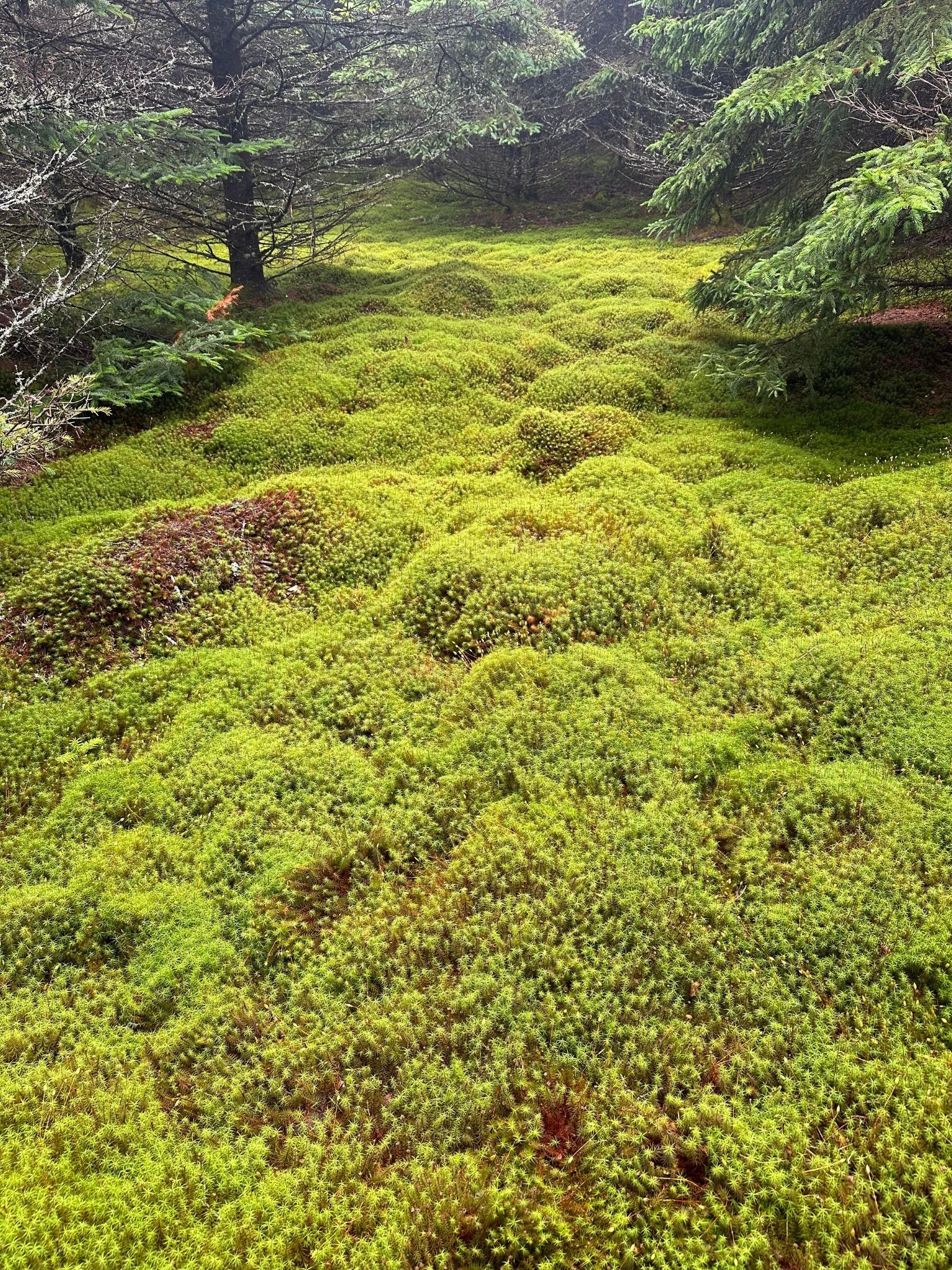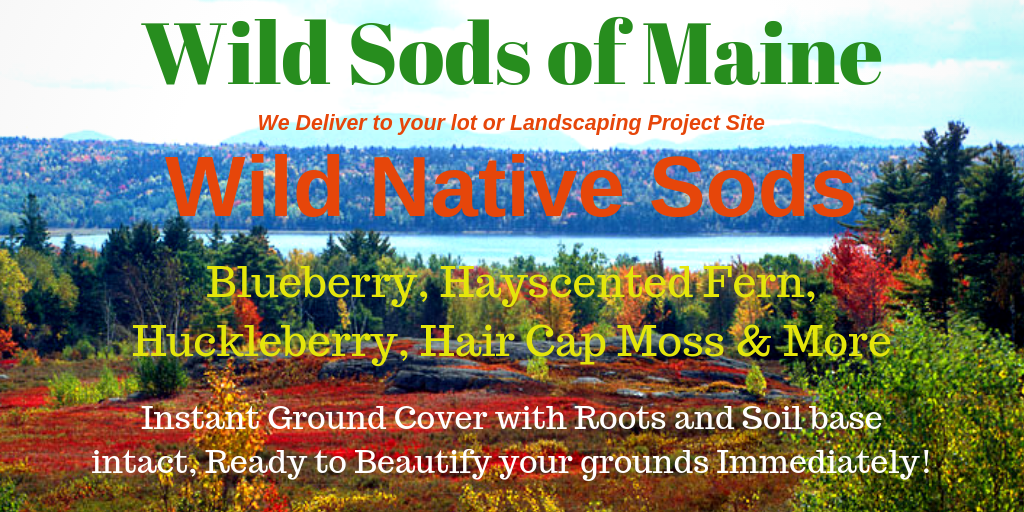Hair Cap Moss Sod for Landscaping

Introduction
Hair Cap Moss (Polytrichum commune) is an incredible addition to modern landscaping designs. This versatile plant transforms ordinary outdoor spaces into enchanting green carpets, offering a unique blend of beauty and practicality.
The landscaping world has seen a significant shift toward sustainable, low-maintenance options. Hair Cap Moss perfectly aligns with this trend, as gardeners and landscape designers increasingly recognize its potential to create stunning natural environments.
In this guide, you’ll discover how this remarkable plant can transform your outdoor space through:
- Natural weed suppression capabilities
- Year-round green coverage
- Minimal maintenance requirements
- Adaptability to various environments
This comprehensive guide walks you through everything you need to know about Hair Cap Moss landscaping. From optimal growing conditions to creative design applications, you’ll learn how to harness the full potential of this versatile plant in your garden or landscape projects.
Whether you’re a professional landscaper or a home gardening enthusiast, Hair Cap Moss offers an eco-friendly solution that combines aesthetic appeal with practical benefits.
What is Hair Cap Moss?
Hair Cap Moss (Polytrichum commune) is one of the largest moss species in the bryophyte family. This unique plant grows between 4 to 12 inches tall and forms dense, carpet-like mats in areas where it grows.
Physical Characteristics
Hair Cap Moss has a distinctive physical structure that includes:
- Leaf Structure: Serrated leaves arranged in a whorled pattern
- Color: Deep green to olive-green hues
- Root System: Rhizoids that anchor the plant to soil
- Growth Pattern: Forms tight, upright clusters
Habitat and Distribution
You can find Hair Cap Moss thriving in various geographical locations around the world:
- North America (especially in temperate regions)
- Europe’s woodland areas
- Parts of Asia
- New Zealand’s native landscapes
- Select regions of South America
This resilient moss species adapts well to different environments, such as forest floors and open meadows. Its ability to thrive in diverse habitats has contributed to its wide distribution across multiple continents, making it one of the most commonly found moss varieties globally.
Scientific Classification
The scientific classification of Hair Cap Moss places it within the following categories:
- Kingdom: Plantae
- Division: Bryophyta
- Class: Polytrichopsida
- Family: Polytrichaceae
Benefits of Using Hair Cap Moss in Landscaping
Hair Cap Moss stands out as a practical choice for modern landscaping projects, offering distinct advantages that make it an attractive alternative to traditional ground covers.
Low Maintenance Requirements
- Requires minimal watering once established
- No mowing or trimming needed
- Resistant to pest infestations
- Eliminates the need for fertilizers
- Thrives without chemical treatments
Aesthetic Appeal
- Creates a lush, carpet-like appearance
- Maintains vibrant green color year-round
- Adds texture and depth to garden designs
- Softens hardscape elements
- Provides natural woodland aesthetics
Environmental Benefits
- Prevents soil erosion through dense root systems
- Filters pollutants from rainwater
- Creates microhabitats for beneficial insects
- Reduces water consumption in gardens
- Improves soil structure naturally
Hair Cap Moss adapts well to challenging landscape conditions, making it ideal for areas where grass struggles to grow. Its dense growth pattern naturally suppresses weed development, reducing the time and effort needed for garden maintenance. The moss’s ability to retain moisture helps regulate ground temperature and creates a self-sustaining ecosystem that benefits surrounding plants.
You’ll find Hair Cap Moss particularly useful in shaded areas under trees or along pathways where its spreading nature creates seamless ground coverage. Its natural resistance to foot traffic makes it suitable for garden paths and areas with moderate pedestrian activity.
Growing Conditions for Hair Cap Moss
Hair Cap Moss thrives in specific environmental conditions that make it a versatile choice for various landscape settings. The moss grows in sandy or gravely soil or clay, with moderate to slow drainage capabilities. You’ll achieve optimal growth by maintaining a soil pH between 5.0 and 6.0.
Light Requirements
Light exposure plays a crucial role in the moss’s development. Hair Cap Moss prefers:
- Medium shade conditions
- Filtered sunlight through tree canopies
- Morning sun with afternoon shade
- Protection from intense direct sunlight
Moisture Needs
Moisture management stands as a key factor for successful Hair Cap Moss growth. The plant needs:
- Consistently damp soil
- Regular misting during dry periods
- Good air circulation to prevent fungal issues
- Protection from standing water that does not drain
The moss adapts well to areas with natural rainfall patterns, making it suitable for regions that experience regular precipitation. In drier climates, you’ll need to implement supplemental watering systems to maintain proper moisture levels.
Applications of Hair Cap Moss in Landscaping
Hair Cap Moss is a versatile ground cover option that can be used in various landscape designs. Here are some areas where you can incorporate it:
- Woodland gardens
- Rock gardens
- Between stepping stones
- Under trees and shrubs
- Along pathways
Benefits for Weed Control
The unique clumping nature of Hair Cap Moss creates a dense, interwoven mat that naturally suppresses weed growth. Its thick growth pattern blocks sunlight from reaching weed seeds, reducing the need for manual weeding and herbicides.
Creating Micro-Ecosystems
This moss species plays a vital role in creating micro-ecosystems within your landscape. The dense, cushiony structure provides:
- Shelter for beneficial insects like ladybugs and ground beetles
- Nesting materials for small birds
- Safe corridors for beneficial garden creatures
- Protection for soil microorganisms
Supporting Other Plants and Biodiversity
Hair Cap Moss’s ability to retain moisture also creates favorable conditions for other shade-loving plants, making it an excellent companion plant in mixed garden designs. Its year-round green appearance adds consistent visual interest while supporting local biodiversity.
How to Incorporate Hair Cap Moss into Your Landscape Design
Creating a stunning landscape with Hair Cap Moss starts with proper planting techniques. Here’s a practical guide to help you establish this versatile ground cover:
Planting Steps:
- Clear the designated area of weeds and debris
- Loosen the top 2-3 inches of soil
- Mix in organic matter to improve soil structure
- Level the surface, removing any lumps or stones
- Water the area thoroughly before planting
- Place moss sod pieces directly onto prepared soil
- Press down gently to ensure good soil contact
Creative Design Ideas:
- Create a natural carpet effect under trees
- Design meandering pathways with moss borders
- Build textured tapestries by combining with ferns
- Use as filling between stepping stones
- Establish moss gardens in shaded corners
- Form living green walls in vertical spaces
Maintenance Tips for Success:
- Water regularly during the first 4-6 weeks
- Remove fallen leaves promptly
- Control foot traffic until established
- Trim edges when needed to maintain shape
- Apply diluted organic fertilizer in spring
- Keep soil pH between 5.0-6.0
You can enhance your moss garden by adding complementary elements like stone features, native plants, or small water features. The key to successful Hair Cap Moss integration lies in creating the right growing conditions and maintaining consistent care during the establishment period.
The choice between these wild sods depends on your specific site conditions, desired aesthetic, and maintenance preferences. Each option brings unique characteristics to your landscape design.
Conclusion
Sustainable landscaping practices shape the future of outdoor design, with moss varieties leading this green revolution. Hair Cap Moss stands out as a remarkable choice for eco-conscious gardeners, offering natural beauty while reducing water consumption and maintenance needs.
Your garden can transform into a sustainable sanctuary by incorporating Hair Cap Moss, creating a stunning ground cover that:
- Minimizes water usage
- Supports local ecosystems
- Reduces the need for chemical fertilizers
- Provides year-round visual interest
The shift toward moss-based landscaping reflects a growing appreciation for natural, low-impact garden solutions. By choosing Hair Cap Moss, you’re not just designing a beautiful space – you’re contributing to a more sustainable future for landscaping.

